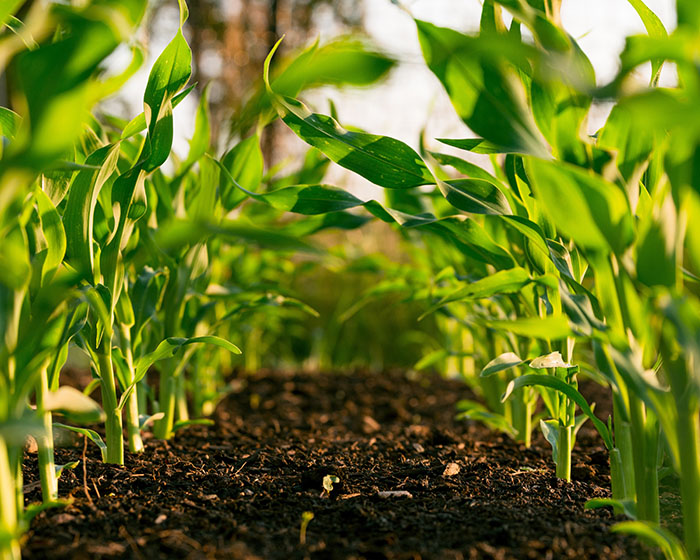#MoveTheDate
1.9
Days
Based on scenarios calculated by Project Drawdown, the adoption of Regenerative Annual Cropping would move the date of Earth Overshoot Day 1.9 days by 2050.
What is the solution?
Regenerative agriculture describes farming and grazing techniques that include any of the following: compost application, cover crops, crop rotation, green manures, reduced tillage, and/or organic production. These practices improve the biocapacity of agricultural lands by increasing soil carbon sequestration, restoring degraded soil biodiversity, and rebuilding topsoil.
This solution improves our resource security in the food category.
How does it #MoveTheDate?
Regenerative agriculture has the potential to transform the industrial food system through techniques that help sequester carbon into the soil and reduce greenhouse gas emission. With widespread adoption of these agricultural practices, we would be able to massively reduce the carbon Footprint of our current industrial food system which is responsible for 44% to 57% of all global greenhouse gas emissions.
How is it scalable?
According to Project Drawdown, the cost of implementing regenerative agricultural practices is estimated at US $355.05 per hectare while net profit is estimated at US $530.39 per hectare per year. Not only is regenerative agriculture sustainable but the many practices have potential to improve crop yields, food production, and farmers’ income.
What is the solution?
Regenerative agriculture describes farming and grazing techniques that include any of the following: compost application, cover crops, crop rotation, green manures, reduced tillage, and/or organic production. These practices improve the biocapacity of agricultural lands by increasing soil carbon sequestration, restoring degraded soil biodiversity, and rebuilding topsoil.
This solution improves our resource security in the food category.
How does it #MoveTheDate?
Regenerative agriculture has the potential to transform the industrial food system through techniques that help sequester carbon into the soil and reduce greenhouse gas emission. With widespread adoption of these agricultural practices, we would be able to massively reduce the carbon Footprint of our current industrial food system which is responsible for 44% to 57% of all global greenhouse gas emissions.
How is it scalable?
According to Project Drawdown, the cost of implementing regenerative agricultural practices is estimated at US $355.05 per hectare while net profit is estimated at US $530.39 per hectare per year. Not only is regenerative agriculture sustainable but the many practices have potential to improve crop yields, food production, and farmers’ income.
The loss of land capable of being used to grow crops (arable land) due to soil destruction (i.e decarbonization, erosion, desertification), poses an existential threat to our survival. Without enough arable topsoil, we could not only suffer from degraded food supply and loss of important trace materials, but global food shortages and worldwide hunger could become the new norm. With regenerative agricultural practices, we can help protect and regenerate the soil of our 4 billion acres of cultivated farmland, 8 billion acres of pastureland, and 10 billion acres of forest land.
All together, these practices deeply enrich the carbon-rich topsoil. Healthy soil is capable of producing high quality and nutrient-dense food, preventing soil degradation, and simultaneously recycling carbon from our atmosphere, thus reducing our global Footprint. Techniques including cover crops, composting, and reduced tillage not only do ‘no harm’ in implementing but are necessary to revitalize the soil and save our world.
Calculations for this solution are based on work done by our friends at Project Drawdown. You can get more information about this solution and their calculation methodology here.
There’s no benefit in waiting!
Acting now puts you at a strategic advantage in a world increasingly defined by ecological overshoot. Countless solutions exist that #MoveTheDate. They’re creative, economically viable, and ready to deploy at scale. With them, we can make ourselves more resilient and #MoveTheDate of Earth Overshoot Day. If we move the date 6 days each year, humanity can be out of overshoot before 2050.

